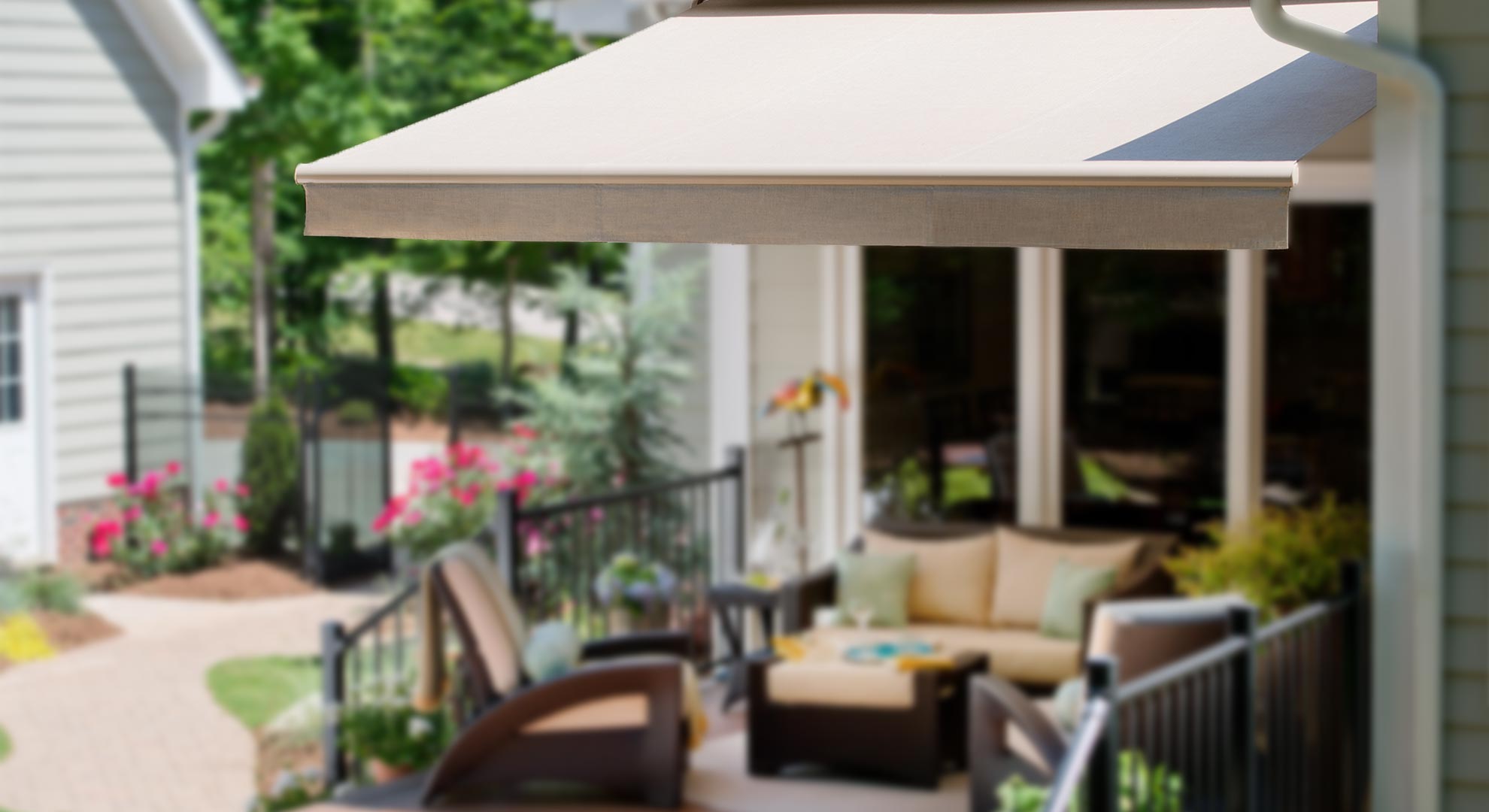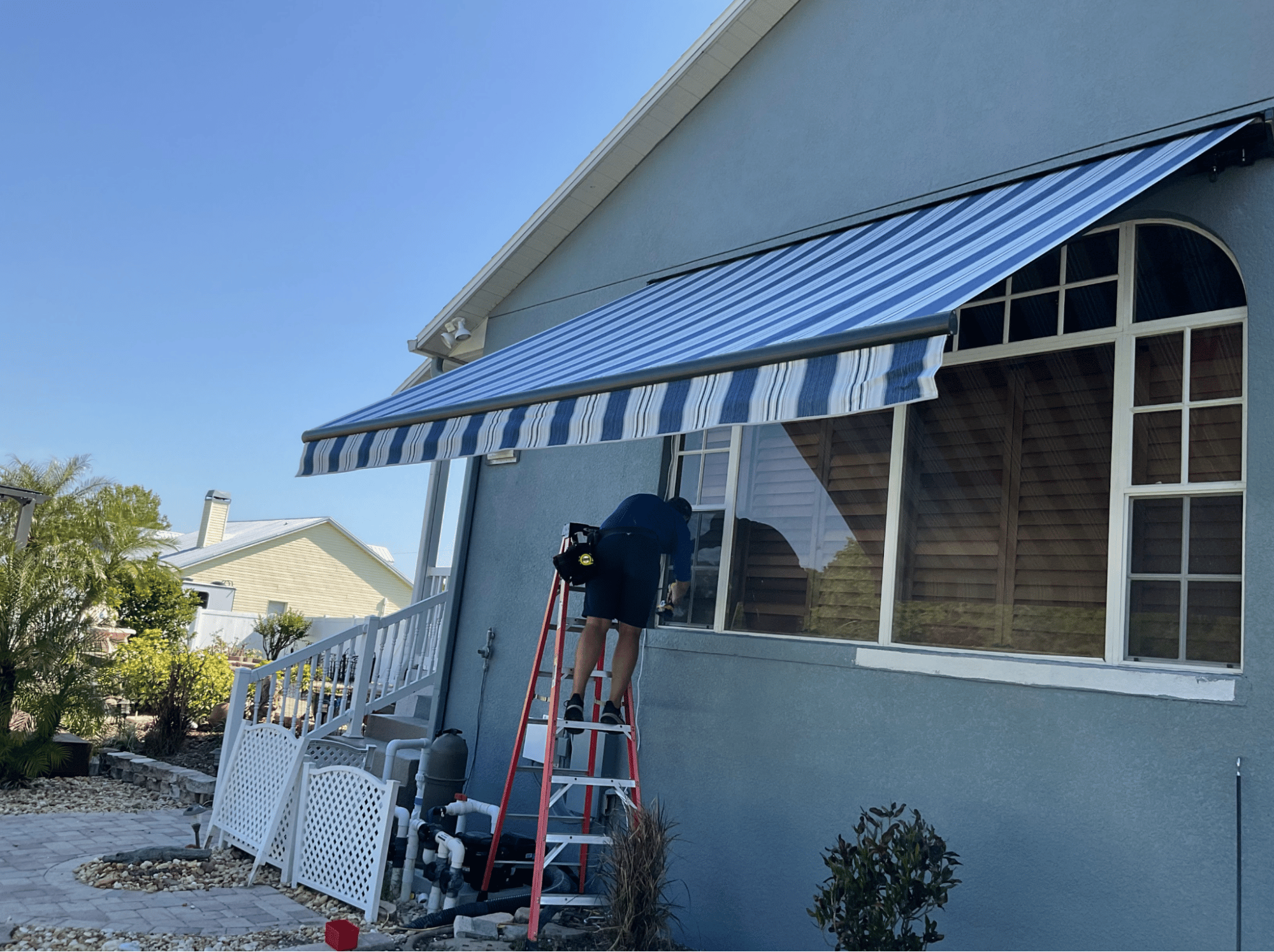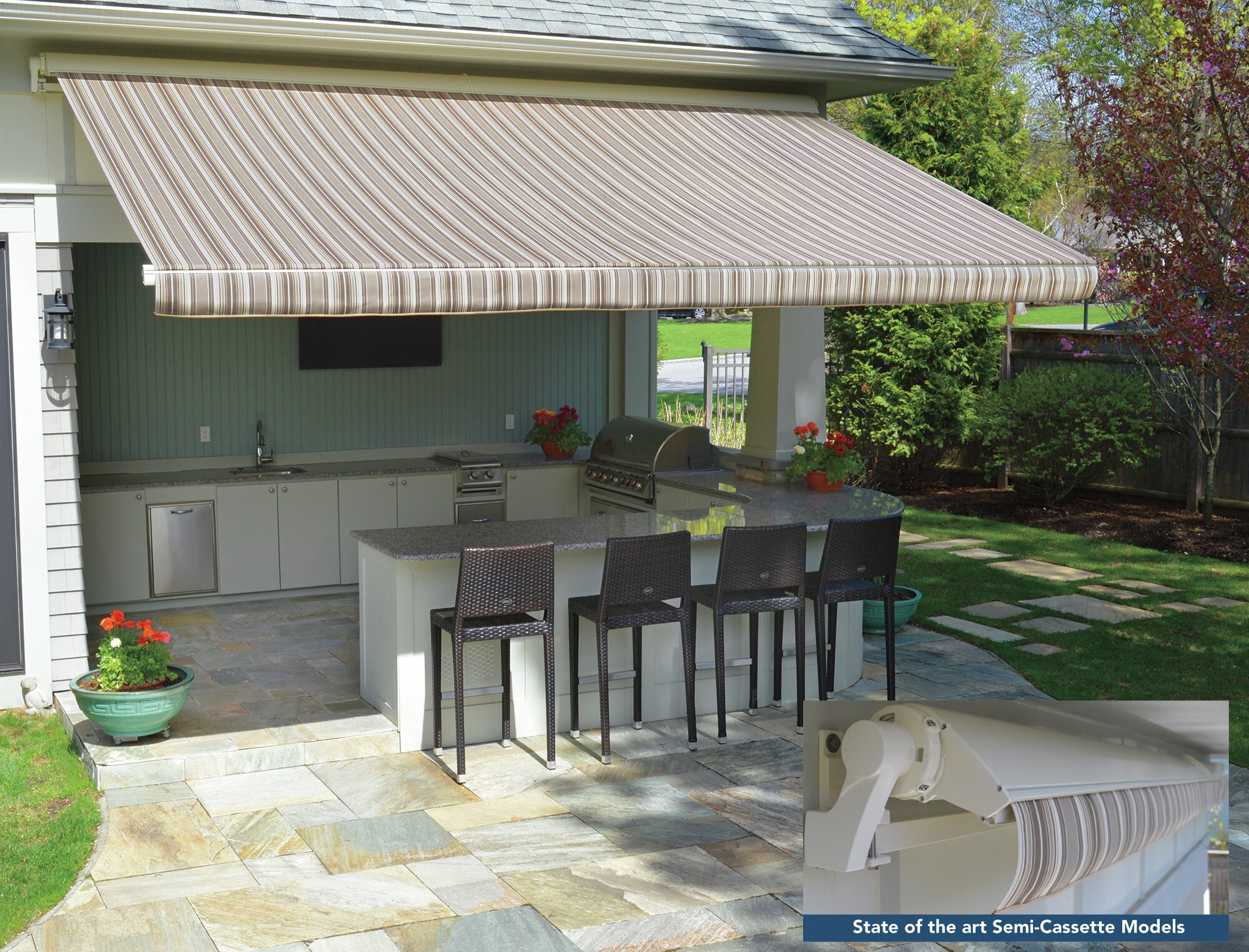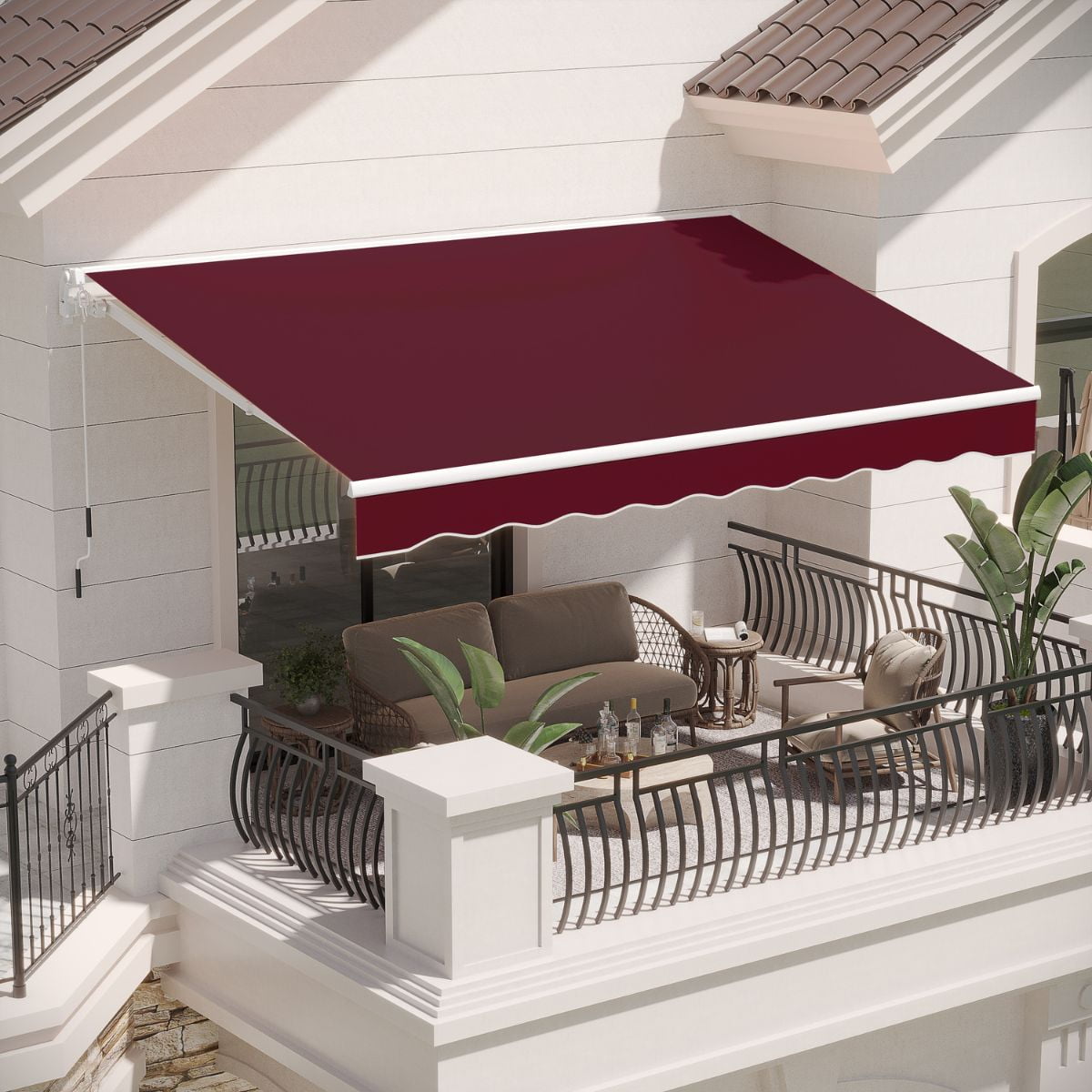Introduction: The Promise and Perils of Outdoor Comfort
Sunsetter awnings, with their promise to extend living spaces into the outdoors and shield homes from the harsh rays of the sun, have become a popular choice for homeowners seeking comfort and energy efficiency. However, like any mechanical system, they can encounter issues that require troubleshooting and timely solutions. This guide aims to address common problems faced by Sunsetter awning owners, offering practical steps to diagnose and resolve these issues, ensuring that your outdoor haven remains as enjoyable and functional as intended.
Problem 1: Awning Won’t Extend or Retract Smoothly
One of the most frustrating experiences for any awning owner is when the mechanism fails to operate as smoothly as it once did. This could be due to several reasons, including debris accumulation, motor malfunction, or a faulty manual crank system.
Solution: Begin by inspecting the awning for any visible obstructions such as leaves, twigs, or even insect nests that might hinder its movement. Clear any debris and check for signs of rust or corrosion on the metal parts, which could also affect operation. If the issue persists and you have an electric model, it may be time to check the motor. A professional inspection can determine if the motor needs repair or replacement. For manual models, ensure the crank mechanism is properly lubricated and not damaged.

Problem 2: Fabric Sagging or Loose
Over time, the fabric of your awning may start to sag, reducing its aesthetic appeal and effectiveness in blocking sunlight. This can be caused by stretched fabric, worn-out tensioning mechanisms, or incorrect installation.
Solution: To address fabric sagging, first, check the tension adjustment settings. Many awnings have adjustable arms or springs that control the tautness of the fabric. Consult the user manual for guidance on how to adjust these components properly. If adjustments do not solve the problem, it could indicate that the fabric itself has stretched beyond recovery or that the frame is misaligned. In such cases, professional assistance is recommended to either tighten or replace the fabric or realign the frame.
Problem 3: Leaking or Water Accumulation
Water damage can be a significant concern for awning owners, especially during heavy rains. Leakage typically occurs due to fabric wear, gaps in the seams, or improper pitch.
Solution: Start by inspecting the awning fabric for any holes or tears, sealing them promptly using a waterproof sealant designed for outdoor fabrics. Check the seams for gaps and reseal them if necessary. It’s crucial to ensure that the awning is pitched correctly to allow water to runoff efficiently. An ideal slope is around 10-25 degrees; if your awning doesn’t naturally achieve this, consider adjusting its position or adding supports to facilitate better drainage.

Problem 4: Motor Malfunction
For motorized awnings, electronic issues can be particularly troublesome. Common problems include the motor failing to respond, running but not moving the awning, or making unusual noises.
Solution: Troubleshoot the motor by first checking the power source. Ensure the awning is receiving adequate power and that all connections are secure. If the motor still fails to function, it might be a sign of an internal electrical fault or motor burnout. Attempting to open or close the awning manually should be avoided as it can cause further damage. Instead, consult the manufacturer or a certified technician who can diagnose the specific issue and recommend repairs or replacement parts.
Problem 5: Fabric Fading or Damage
Exposure to the elements can lead to fading, mildew growth, or tearing of the awning fabric over time, impacting both its appearance and durability.
Solution: Regular maintenance is key to prolonging the life of your awning fabric. Clean the fabric at least twice a year using a mild detergent and a soft brush, followed by a thorough rinse with a garden hose. Promptly remove any stains or spills to prevent permanent marks. To protect against fading, consider applying a fabric protectant specifically designed for awnings. In cases of severe damage or extensive fading, replacing the fabric might be the best course of action to restore functionality and aesthetics.

Problem 6: Wind Damage
Strong winds can put a significant strain on awnings, potentially causing structural damage such as bent frames, torn fabrics, or even complete collapse.
Solution: Investing in wind sensors or tie-down kits can greatly mitigate wind-related issues. Wind sensors automatically retract the awning when wind speeds reach a predetermined level. For manual awnings, using tie-downs or guy wires can help anchor the structure securely to the ground. Regularly check the awning’s frame for signs of weakness or damage and reinforce as needed. During periods of high winds or storms, consider retracting the awning to minimize potential harm.
Problem 7: Awning Sagging
Over time, awning fabrics may sag due to stretching, weight from accumulated debris, or frame misalignment, which not only looks unappealing but also affects the awning’s performance.
Solution: The first step is to clean off any debris that could be weighing down the fabric. Next, inspect the frame for any bending or warping that might be causing the sag. Adjust or realign the frame as necessary, ensuring it is straight and providing ample support to the fabric. If the fabric itself has stretched, it may require tightening or replacement. Some awning systems have tension adjusters that can be used to tighten the fabric. If these adjustments don’t solve the problem, professional repair or reinstallation might be required.

Problem 8: Obstructed Retraction
Awnings may fail to retract smoothly due to obstacles like tree branches, debris buildup, or mechanical issues within the rolling mechanism.
Solution: Begin by clearing away any visible obstructions around the awning. Inspect the roller tube and guide tracks to ensure they’re free from dirt, debris, or rust that might impede movement. Apply a light lubricant to the moving parts to promote smooth operation. If the problem persists, there could be a more complex issue such as a damaged spring or roller mechanism, which would necessitate professional inspection and repair.

Conclusion: Ensuring a Seamless Outdoor Experience
While encountering problems with your Sunsetter awning can be disheartening, many issues can be resolved with a bit of troubleshooting and regular maintenance. By staying vigilant and addressing concerns promptly, you can ensure that your awning continues to provide the comfortable and stylish outdoor living space you desire. Remember, for complex repairs or when in doubt, consulting with professionals ensures the longevity and optimal performance of your investment. With the right care, your Sunsetter awning will remain a reliable extension of your home for years to come.